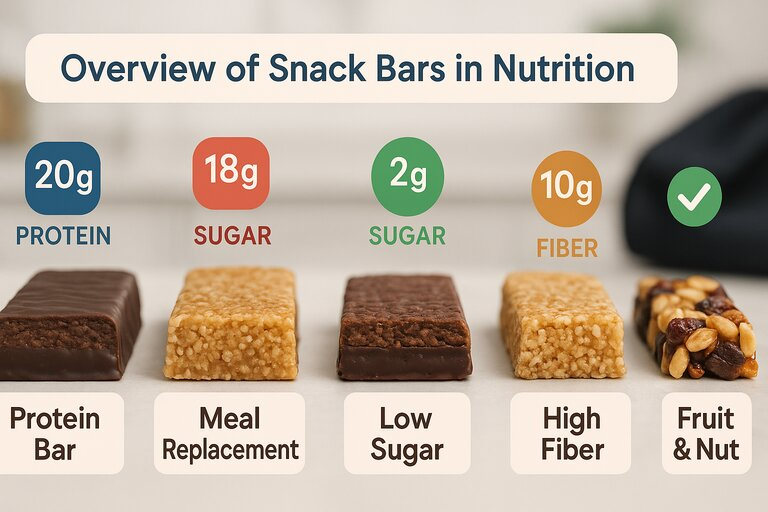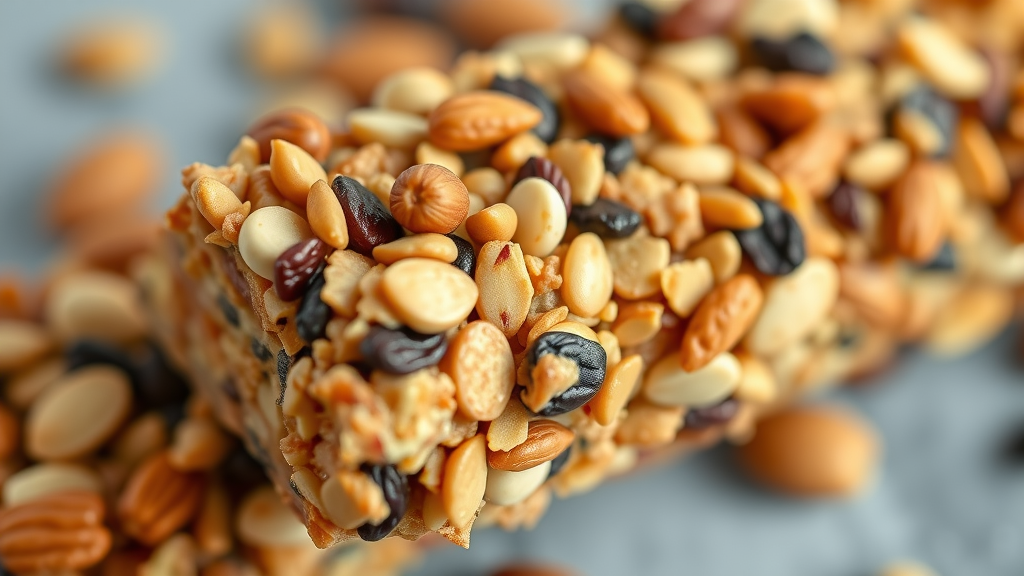Did you know that approximately 1 in 5 adults now consider snack bars as a staple in their diets, reflecting a shift in how we perceive nutrition? The popularity of snack bars is at an all-time high, but how do they truly fit into our nutritional landscape?
In this exploration of dietitian snack bar insights, we will delve into their advantages and disadvantages, expert recommendations, and how to effectively incorporate them into a balanced diet.

Overview of Snack Bars in Nutrition
Snack bars have transformed over the years from simple granola or fruit bars to an expansive market that includes protein bars, meal replacement bars, and even those targeting specific health goals.
With such variety, their nutritional profiles can differ widely, making it essential for consumers to approach them with an informed perspective. Many snack bars promise convenience and nutrient density, but their ingredient lists can often reveal a different story.
Pros and Cons of Snack Bars
Pros of Snack Bars
-
Convenience and Portability: Snack bars are incredibly convenient for on-the-go eating. They require no preparation, making them perfect for busy lifestyles.
-
Nutrient Density and Fortification: Many snack bars contain healthy fats, fibers, protein, and are often fortified with essential vitamins and minerals.
-
Portion Control: Snack bars are pre-portioned, which helps prevent overeating—a common risk when snacking on loose items like nuts or chips.
Cons of Snack Bars
-
Cost and Value: Snack bars can be quite expensive, often costing more per serving than whole foods.
-
Hidden Ingredients and Health Halos: Despite marketing claims, many bars can be high in sugars and artificial additives.
-
Satiety and Blood Sugar Spikes: Snack bars can lead to rapid spikes in blood sugar, leaving you hungry shortly after consumption.
Expert Insights on Choosing the Right Snack Bar
"Snack bars can be a convenient option, but it's essential to choose wisely to ensure they align with your nutritional goals." - Susie Burrell , a nutrition expert.

Key Nutritional Factors to Consider
-
Caloric Content and Serving Size: Choose bars that provide moderate calories, ideally between 100 to 200 calories per serving.
-
Protein and Fiber Content: Aim for at least 5 grams of protein and fiber to aid in satiety and nutritional value.
-
Sugar Levels and Ingredient Quality: Opt for bars with less than 5 grams of sugar and whole food ingredients as the primary components.

Current Trends in the Snack Bar Market
Emerging Snack Bar Trends
As consumers become increasingly health-conscious, trends such as low-sugar, high-protein, and functional snack bars—those enriched with probiotics, collagen, or adaptogens—are gaining momentum. Brands are also experimenting with diverse flavors and organic ingredients to cater to a more discerning clientele.
Consumer Preferences and Insights
Surveys suggest that consumers gravitate towards snack bars that fit their dietary needs, such as gluten-free, vegan, or paleo options. Transparency regarding ingredient sourcing and health benefits also plays a significant role in decision-making.
For those interested in exploring healthy meal options beyond snack bars, consider trying this Healthy Quick King Ranch Chicken Casserole Recipe .
Common Misconceptions About Snack Bars

"Not all snack bars are created equal; understanding the ingredients is key to making healthier choices." - Leanne Ward .
Actionable Tips for Incorporating Snack Bars into Your Diet
When to Use Snack Bars
Snack bars can serve as a convenient option during busy days—perhaps as a quick breakfast on the run or a post-workout refuel. However, they should be treated as supplements to a diverse diet rather than primary sources of nutrition.
Pairing Snack Bars with Other Foods
For a more balanced snack, consider pairing a snack bar with fresh fruits or vegetables. This adds volume and additional nutrients, helping to stave off hunger longer. Additionally, exploring outdoor activities like adult urban swings can complement a healthy lifestyle.

FAQs About Snack Bars
Are snack bars healthy?
Generally, some snack bars can be healthy, but it's crucial to read labels carefully and choose those with wholesome ingredients and reasonable sugar levels.
How often should I eat snack bars?
Snack bars can be included in your diet occasionally, ideally 1-2 times a week, especially when you're on the go.
What should I look for in a snack bar?
Focus on bars with whole food ingredients , under 5 grams of sugar, and a reasonable calorie count to ensure they contribute positively to your diet.
Key Takeaways
-
Snack bars can be convenient, but their health value depends on ingredient quality.
-
Look for bars that align with your nutritional needs to maximize benefits.
-
Pairing snack bars with other foods can enhance their nutritional profile.
Conclusion: The Balanced Approach to Snack Bars

Incorporating snack bars into your diet can be beneficial when done mindfully. By focusing on nutrition and quality, they can complement a balanced diet rather than detract from it. As we navigate the ever-changing landscape of nutrition, seeking dietitian snack bar insights will help ensure we make informed choices for our health and wellness.
What You Learned
This article provided insights into the role of snack bars in nutrition, highlighting their pros and cons, expert recommendations, market trends, and misconceptions. By understanding these factors, consumers can make healthier choices when choosing snack bars.
 Add Row
Add Row  Add
Add 





 Add Row
Add Row  Add
Add
Write A Comment